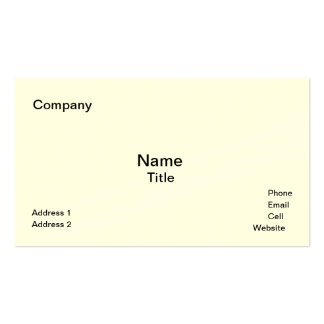A strategic plan is a structured process to help a company identify where they intend to be in the near future and the distant future. By scrutinizing the entire organization for weaknesses, strengths and addressing issues, the company is stronger and more adept at handling changes in the business environment. Both short and long term goals are often the measurement of achievement to show ongoing progress. Developing goals typically evolves during the strategic planning, but capturing the goals clearly shows people inside and outside the company what you intend to achieve.
Suggestions
- Write down what is and what is not working.
- Document strategic issues. As the team is gathering data for the strategic plan, capture the weakness and strengths of the company. Where have there been successes and failures? What specific challenges did groups face, either within the company or externally? This information is what the strategic goals will evolve from and is a prerequisite to goal setting.
List issues that are currently affecting the company on a day to day basis. Before planning and writing long term goals, address issues that are vital immediately and for the short term. For example, if the company recently lost an important supplier or if a new law is changing business operations. The goals around this issue would be finding a new supplier or verifying that the company is compliant to the new law. The list could be quite extensive. Classify each item on the list as an urgent need, important or even low priority.
List long term objectives. For example, what new avenues can the marketing department move into or is there better equipment that will need to be phased in over a longer time period? Prioritize this list with the same references of; urgent need, important or low priority. This list will have goals from previous years unless it is a new company. The previous goals may need to be re-evaluated and perhaps modified or eliminated.
As a team, evaluate both lists and craft actionable goals that can be measured. For example, a general goal would be to increase a sales area. If a product currently markets to one state, a goal can be to increase to regional marketing. While this example is a good general goal, write the goal specifically enough to ensure it can be measured. Include a time line with milestones and identify who is responsible for follow through and monitoring progress. This goal can also be measured by tracking the expansion into the new region. The result can be measured.
Tips
Don't assume the goals are set in stone. Be flexible to change a goal if the business demands it. However, this is a balancing act because changing strategy constantly does not allow new ideas to be fully implemented and progress evaluated.
The strategic goal list should cover all business areas within the company.










No comments:
Post a Comment